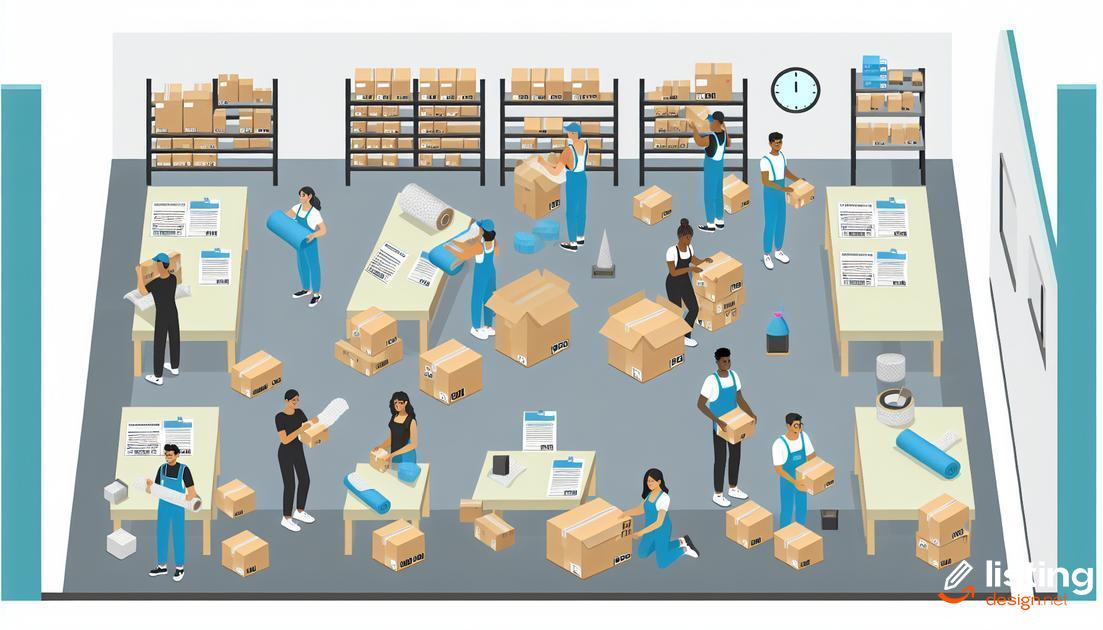When it comes to ecommerce, effective packaging can make or break your success. Following Amazon packaging best practices not only helps ensure your products reach customers safely but also minimizes returns. In this guide, we will explore key strategies to enhance your packing processes, from choosing the right box sizes to using sustainable materials. Read on to learn how to pack efficiently and keep your customers satisfied.
Table of Contents
Understanding Amazon’s Packaging Guidelines
Amazon’s Packaging Guidelines ensure that your items reach customers safely and in excellent condition. The guidelines cover various aspects, including material selection and packing techniques. Using the right packaging can minimize damage and enhance customer satisfaction. Familiarize yourself with the following key elements of Amazon’s packaging requirements:
- Choose sturdy, high-quality materials that can withstand the rigors of shipping.
- Ensure your boxes and packaging materials are appropriately sized to prevent shifting and damage during transit.
- Use adequate cushioning materials to protect the contents within the box.
- Securely seal packages with durable tape to prevent openings and tampering.
- Properly label your shipments with accurate information to avoid delivery issues and returns.
Compliance with these guidelines not only helps in delivering a superior customer experience but also reduces the likelihood of incurring additional fees and penalties. Familiarity with Amazon’s packaging expectations is crucial for successful shipping. Optimize packaging processes to align with these standards, resulting in smoother operations and increased efficiency.
Choosing the Right Box Size
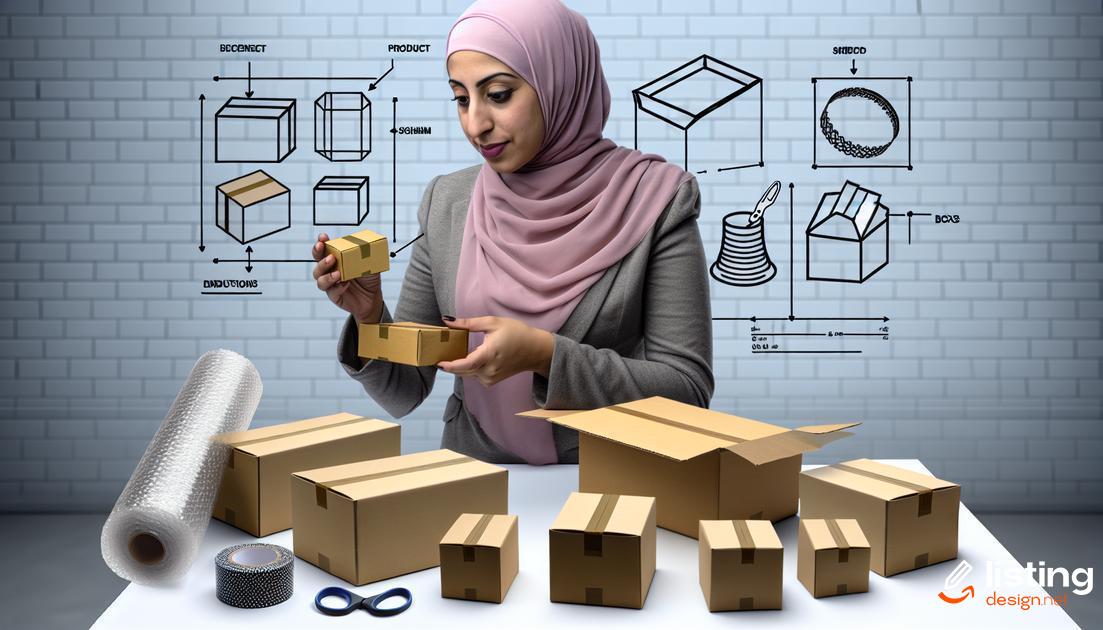
To ensure your products reach customers in perfect condition, selecting the correct box size is paramount. Choosing the right box can minimize damage risks, reduce shipping costs, and improve customer satisfaction.
Begin by measuring the dimensions of your product, including length, width, and height. It is essential to leave enough space for protective filler material and to accommodate any product packaging if present.
When selecting box sizes, consider standard box sizes approved by common carriers. Using standard sizes can help streamline the packing process and reduce shipping costs, as non-standard boxes might incur additional fees.
Opt for corrugated boxes that provide extra durability and strength. They are better suited for stacking and can handle shipping pressures more effectively. Always avoid using oversized boxes as they can lead to increased filler material use, higher shipping costs, and a higher likelihood of the contents shifting and getting damaged during transit.
Remember, the right box size not only protects your products but also enhances your overall shipping efficiency, helping you to maintain Amazon’s packaging standards.
For more detailed guidance, refer to Amazon’s packaging guidelines.
Using Filler Material Effectively
Using filler material effectively is crucial to ensure products remain secure during transit. Filler materials help to fill empty spaces, preventing items from shifting and potentially getting damaged. Different types of filler materials can be selected depending on the nature of the items being shipped.
Bubble wrap provides excellent cushioning for delicate items. Ensure that enough layers are used to cover the product completely. Foam peanuts are ideal for filling small voids around the product. They are lightweight and mold around the items, offering substantial protection.
For heavier items, consider using foam sheets or air pillows. These materials can handle more weight and provide reliable protection without adding significant weight to the package. Proper placement of filler material is essential — make sure that there is consistent padding on all sides of the item.
Using environmentally-friendly materials such as recycled paper or biodegradable options can also help meet Amazon’s sustainability measures. This reflects a commitment to eco-friendly packaging and ensures compliance with Amazon’s guidelines.
Finally, it’s important to avoid overpacking. Using too much filler material can increase the packaging cost and environmental footprint. Aim for a balance where the product is well-protected but not overly packed.
Sealing Your Packages Properly
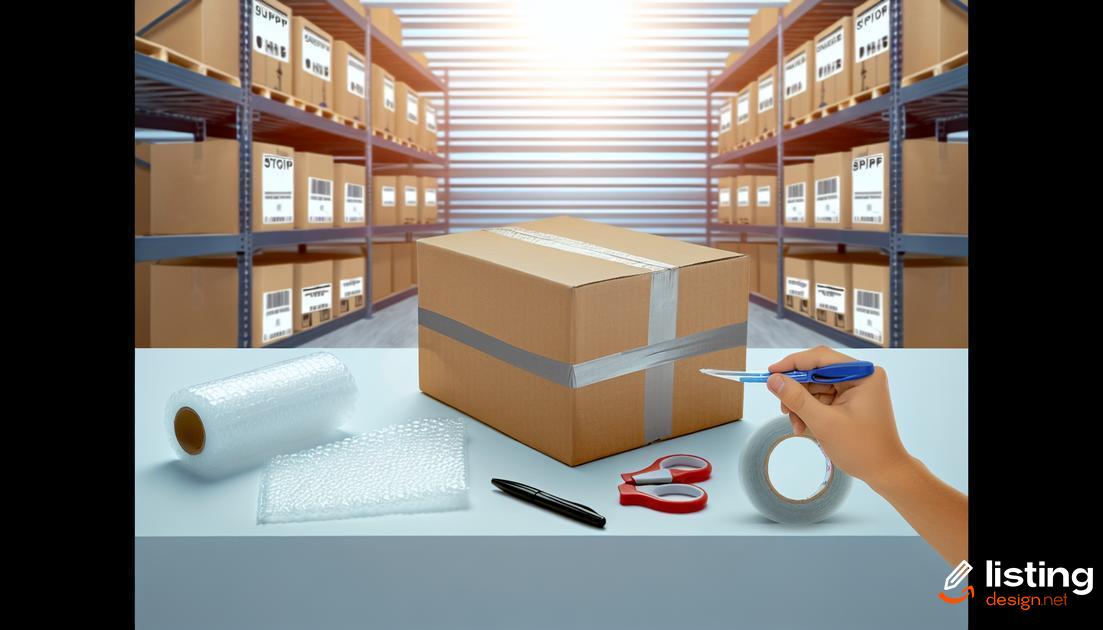
Ensuring that your packages are sealed properly is crucial for safe and secure shipping. Firstly, always use high-quality packing tape that is designed for shipping purposes. Regular household tape or masking tape does not provide sufficient strength and may not adhere well to the box. For best results, use tape that is at least 2 inches wide.
Begin by reinforcing the seams of the box. Apply tape along the middle seam where the flaps meet, then secure the edges and corners of the box with additional strips of tape. Make sure that the tape extends at least a few inches beyond the edges to ensure it stays in place during transit.
When sealing heavier packages, it’s a good practice to use the ‘H’ taping method. To do this, apply tape along the middle seam and then add strips along the edges to form a capital letter ‘H’. This method provides extra security and helps prevent the box from opening.
For added protection, particularly for larger or heavier items, consider double-boxing. Place your item in a smaller box, cushion it with appropriate filler material, and then place that smaller box inside a larger, sturdier box. Seal both boxes securely using the methods described above.
Finally, avoid overstuffing your packages. Overfilled boxes can burst open, so be sure to use a box of adequate size and use as many layers of tape as necessary to seal it without causing the box to bulge or warp.
Properly sealed packages not only prevent the loss or damage of goods but also give a professional impression to your customers, which can be crucial for your business reputation.
Labeling Tips for Amazon Shipments
Proper labeling is crucial to ensure your Amazon shipments are processed and delivered efficiently. Follow these steps to avoid delays and errors:
- Print Clear Labels: Use high-quality printers and ensure the text is legible. Avoid smudges and ensure the barcode is scannable.
- Correct Placement: Place labels on a flat surface of the box. Avoid placing them over seams or corners. Ensure the label is not obstructed by tape or other packaging materials.
- Use the Right Labels: Amazon requires specific types of labels for different shipping methods. Make sure to use the correct label and include all necessary information such as the sender’s address, destination address, and any special handling instructions.
- Double-Check Information: Verify all information on the label before shipping. Ensure that the destination address, shipping service, and tracking number are correct.
- Secure Labels Properly: Use clear tape over the label to protect it from damage during transit, but ensure the barcode and other information remain readable.
- Include Return Address: Always add a return address label to ensure packages can be returned in case of delivery issues.
Avoiding Common Packaging Mistakes
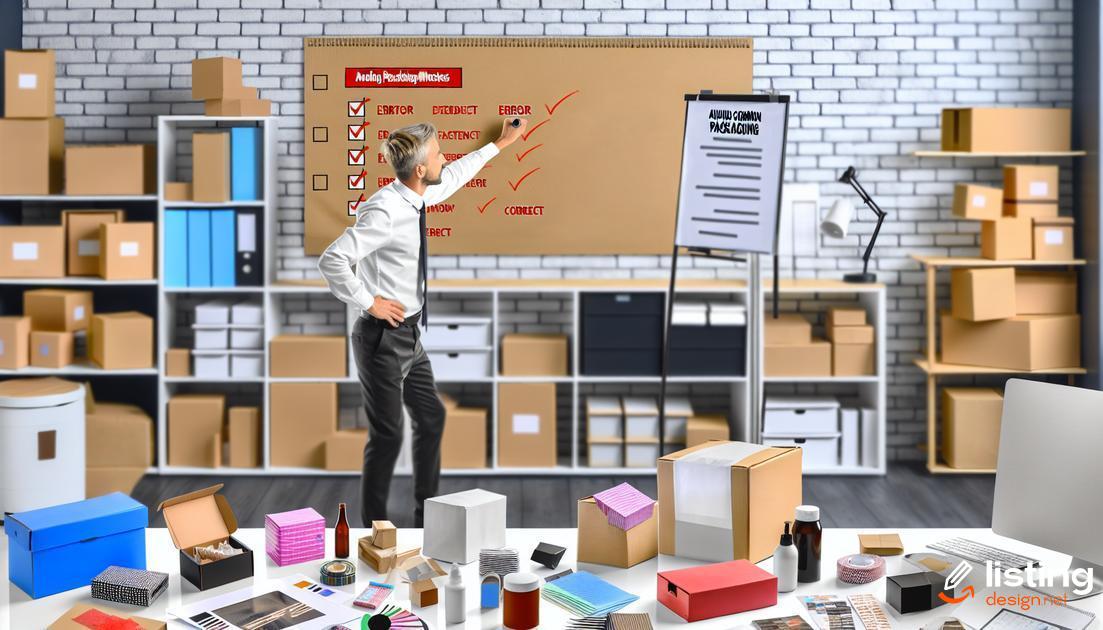
Avoiding common packaging mistakes is critical for ensuring that your packages arrive in pristine condition. Here are some important steps to consider:
- Choosing the Right Box: Make sure the box you select is strong enough to support the weight of its contents and is the correct size to minimize shifting during transportation.
- Proper Cushioning: Use sufficient filler material, such as bubble wrap or packing peanuts, to protect the items from impact. Avoid overstuffing the box, as it could lead to bursting.
- Effective Sealing: Use high-quality packing tape to seal all seams of the box securely. Apply tape in an ‘H’ pattern to ensure the box remains closed.
- Clear Labeling: Attach the shipping label visibly and securely on the top surface of the box. Double-check that all barcodes and addresses are clearly legible.
- Handling Labels: Use handling labels, such as ‘Fragile’ or ‘This Side Up,’ to inform carriers about the proper handling of the package.
- Avoiding Overpacking: Do not overpack the box. Overpacked boxes are more likely to get damaged during transit.
- Weather Resistance: For items that might be exposed to moisture or other environmental factors, use waterproof packaging materials or additional layers of protection.
Sustainable Packaging Solutions
Sustainable Packaging Solutions
The demand for environmentally friendly packaging is growing, and businesses need to adapt to remain competitive. Sustainable packaging solutions not only help the environment but can also reduce costs and enhance your brand’s reputation. Consider the following best practices:
- Use Recyclable Materials: Opt for packaging made from recycled paper, cardboard, or recyclable plastics. It’s essential to ensure that the materials are easy for customers to recycle.
- Minimize Packaging Waste: Aim to use the minimum amount of packaging necessary to protect the product. This reduces waste and lowers shipping costs.
- Incorporate Biodegradable Options: Materials such as biodegradable plastics or compostable packaging can significantly reduce the environmental impact of your packaging.
- Consider Reusable Packaging: For some products, reusable packaging can be an excellent option. This includes items like cloth bags, glass containers, or sturdy boxes that customers can use multiple times.
- Implement Efficient Packaging Design: Design your packaging to nest products efficiently and reduce the overall size. This not only minimizes material use but also reduces the carbon footprint associated with shipping.
Incorporating sustainable packaging solutions is a proactive step toward a greener future and demonstrates your commitment to environmental responsibility.
Improving Package Durability
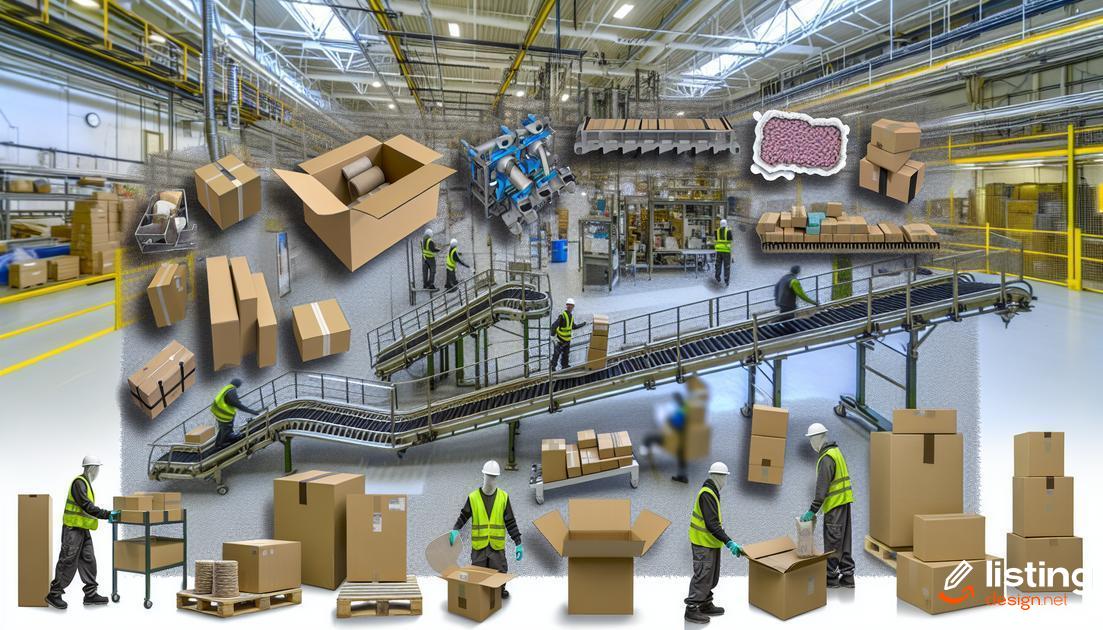
Ensuring your packages withstand the rigors of shipping is paramount to maintain customer satisfaction and reduce returns. High-quality materials are essential for durability. Opt for sturdy, double-walled cardboard boxes that are less likely to crush or puncture.
Reinforce weak points such as edges, corners, and flaps using strong packing tape. Apply the tape in an H-pattern to provide extra security and prevent the flaps from opening during transit.
Consider weight distribution inside the box. Place heavier items at the bottom and lighter ones on top to avoid the box becoming top-heavy and prone to tipping over. Utilize internal dividers for additional support for multiple items packed together.
For goods with distinct shapes and sizes, custom inserts can keep them firmly in place. These inserts can be made from corrugated cardboard, foam, or molded pulp, tailored to hug and protect the items, significantly increasing the package’s durability.
Finally, opting for moisture-resistant and weatherproof materials can shield your packages from the elements. Use plastic liners or wraps to create an additional layer of protection if there’s a risk of exposure to rain or humidity.
Protecting Fragile Items
When it comes to shipping fragile items, using appropriate packaging materials is critical.
Bubble wrap and foam padding are excellent choices to provide cushioning and prevent breakage. Ensure that the item is completely surrounded by the protective material.
Additionally, consider placing fragile items in the center of the box, away from the edges where they are more vulnerable to impacts. Dividers can be used for multiple fragile items to prevent them from knocking into each other during transit.
For optimal protection, double-boxing is recommended. Place the item in a smaller box with padding, then place that box into a larger one with additional cushioning.
Always mark your packages with ‘Fragile’ and ‘This Side Up’ labels to alert handlers to the delicate nature of the contents.
Efficient Packing for Bulk Shipping
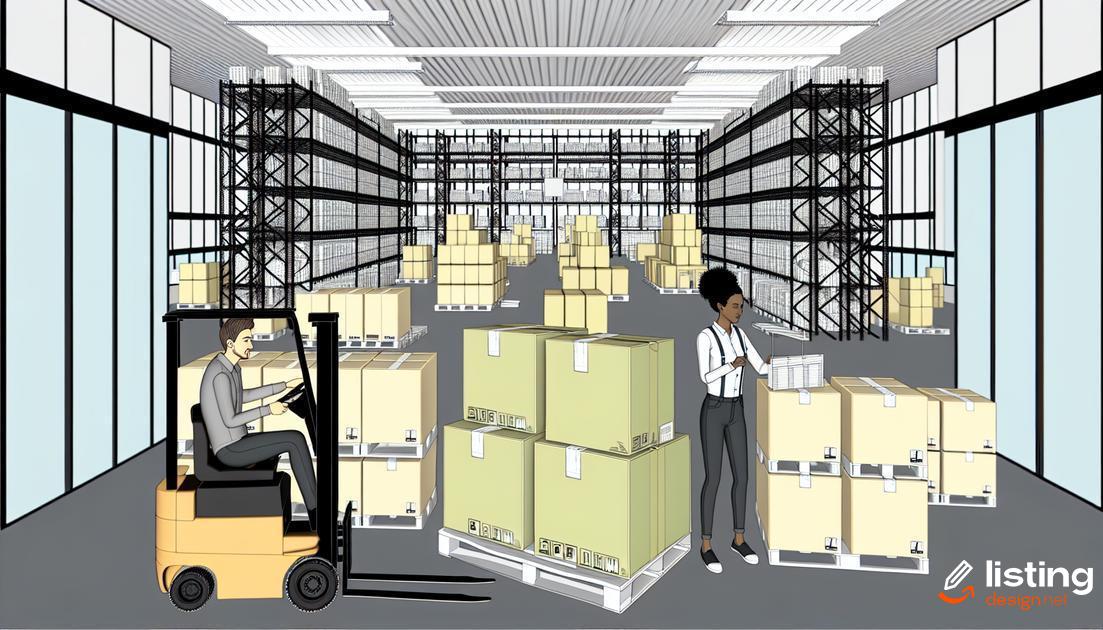
Packing bulk items efficiently is crucial for minimizing shipping costs and ensuring safe delivery. Here are some expert tips to help you pack bulk shipments effectively:
1. Select the Right Box:
Choose a sturdy, appropriately-sized box that can handle the weight of the bulk items while preventing movement during transit. Avoid oversized boxes that may lead to shifting and damage.
2. Use Uniform Items:
Whenever possible, pack items of uniform size and shape together. This makes stacking and filling the box easier, ensuring better stability and protection.
3. Optimize Layering:
Layer items methodically, placing heavier items at the bottom and lighter items on top. Use dividers or cardboard inserts to create compartments, preventing items from moving and colliding.
4. Fill Empty Spaces:
Use filler materials such as bubble wrap, air pillows, or packing paper to fill any empty spaces within the box. This adds extra protection and prevents items from shifting during transit.
5. Wrap Bulk Items Individually:
When packing multiple items together, wrap each item individually with protective material. This prevents direct contact between items, reducing the risk of scratches and breakage.
6. Reinforce the Box:
Reinforce the box with high-quality packing tape, especially around the edges and seams. Use H-taping method to ensure the box is securely sealed and can withstand the rigors of shipping.
7. Label Clearly:
Label the box with appropriate handling instructions, such as
Optimize Packing for Different Products
Tracking and Monitoring Shipments
![]()
Effective tracking and monitoring of your shipments is crucial for ensuring timely delivery and customer satisfaction. Utilizing tracking systems, you can provide real-time updates and monitor packages throughout their journey.
Leverage Shipment Tracking Tools
Amazon provides various tools for tracking shipments, including integrated tracking numbers that allow both sellers and customers to monitor the status and location of their packages. Leveraging these tools can enhance transparency and build customer trust.
- Utilize Amazon’s tracking API for automated updates.
- Provide customers with tracking links directly in their order confirmation emails.
Monitor Key Performance Indicators (KPIs)
Understanding key metrics such as delivery times and rates of delayed or lost packages can help identify areas for improvement:
- Track delivery time performance to ensure packages arrive as expected.
- Monitor percentage of packages delivered without issues.
- Analyze trends in delivery problems to proactively address potential issues.
Communicate with Carrier Services
Establish a strong relationship with your carrier service providers to streamline tracking processes and resolve issues quickly. Effective communication can lead to faster problem resolution and improved shipment reliability:
- Ensure all contact information with carriers is up-to-date and accurate.
- Regularly review carrier performance and provide feedback.
Encourage Customer Feedback
Collecting and analyzing customer feedback on delivery experiences can provide valuable insights:
- Send post-delivery surveys to customers to gauge satisfaction.
- Use feedback to make informed decisions about shipping strategies.

